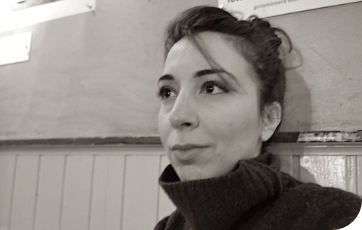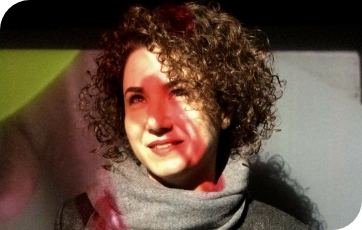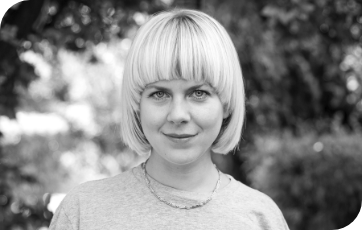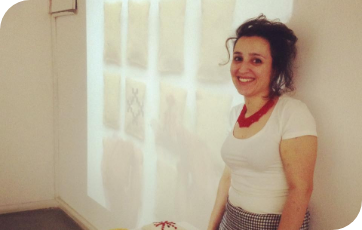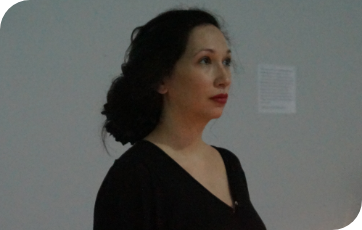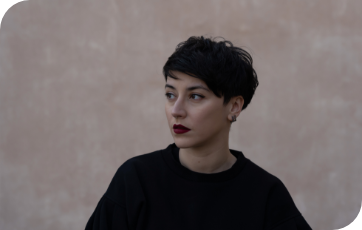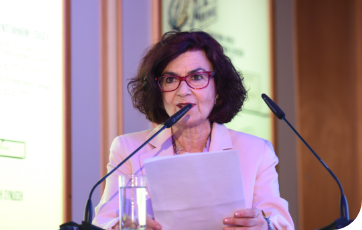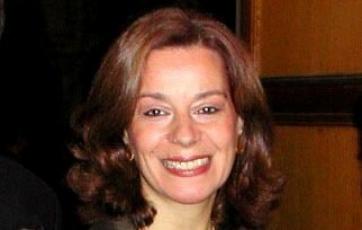A “phygital” exhibition in serial streaming that evolves and concludes in 12 individual episodes.
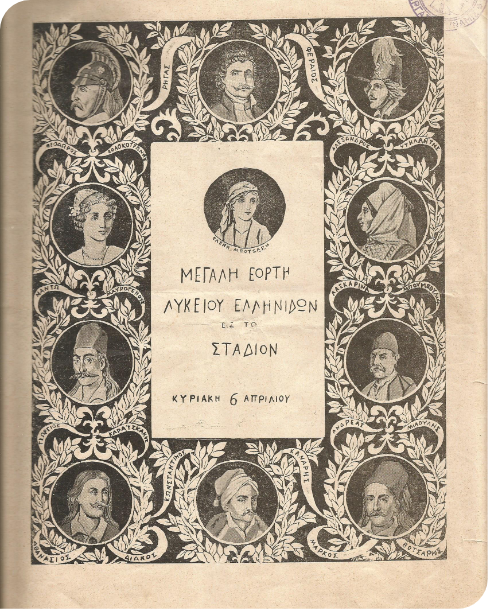
The exhibition A thousand stories stitched on a piece of cloth. 1821-2021 includes small stories within a larger one, having as a point of reference the garment, its transformations, its symbolic dimension as well as its political and other uses from the Revolution era to today.
Through indicative examples from different time periods, interconnected and redistributed, the exhibition blends yesterday with today, local with universal, as well as “tradition” with “fashion”.
From the foustanela of the revolution fighters and the versions worn by “King Otto” and by the Evzones, to Mick Jagger’s famous “heretic” variation but also to that of “Iasonas” of Bost’s Medea. From the women of Zalongo to their “motion picture” and other analogues and from the black uniforms of the Sacred Band to those of the Messolonghi Philarmonic Band in their image. In a parallel manner, from the ottoman salvar all the way to the fashion of the bloomers and the spandex, and from the philhellenic fashion à la Bobelina to the commemorative scarf of Hermès Fashion House, offering alternatives and maybe unexpected narrations.
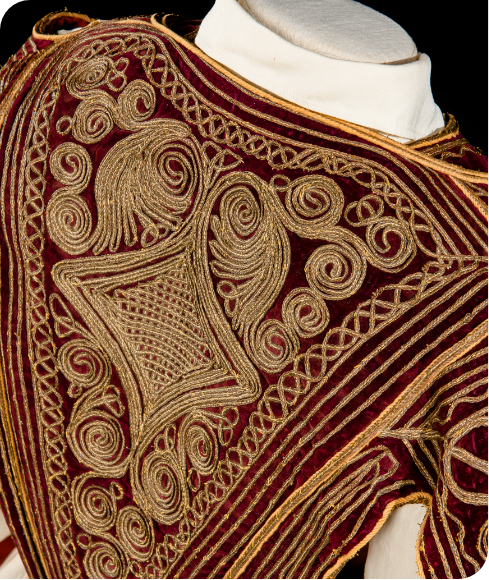
Through the instrumental contribution of contemporary visual artists, the subjects are developed through Video/Digital Art, where old “materials” and stories are recycled to new compounds with unexpected meanings and sometimes with symbolic ramifications pertaining to the modern reality.
The combined total of the works forms a serial streaming exhibition concluding in 12 individual episodes, each one with a different scenario, different protagonists and contributors.
The subjects will be posted on the web as a work in progress, every Friday at 18:21p.m. Parallel to that they will be distributed through the facebook page and youtube channel of the Costume Museum of the Lykeion ton Ellinidon, inviting the public to “follow” the exhibition and to keep track of its continuity.
Applying however a “phygital” (physical and digital) model of the exhibition’s evolution, selected thematic unities will be presented at the headquarters of the Costume Museum and at the Central Building of the Lykeion ton Ellinidon, combining thus the physical with the digital world.

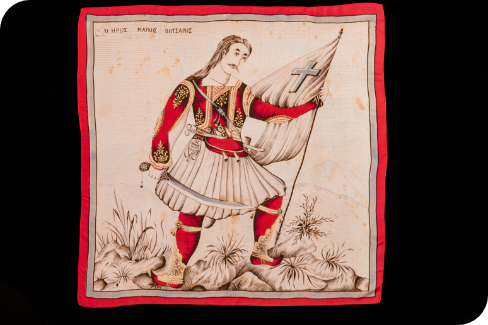
The blend – and sometimes the reversal of time periods- that is attempted by the narration in a time span covering 200 years (1821-2021) as well as the dialogue between modern artists and a “traditional” Museum overturns artfully the linear presentation. The purpose of the exhibition is not to sum up the memory of a thousand events and memorable people, nor to highlight the garment only as a retention code of its wearer. On the contrary, it suggests new ways of reading the 1821 historiography, written and/or stitched with contemporary terms, contemporary vocabulary and syntax on a piece of cloth (ΠΑΝΙΟΝ), considering the dual meaning of the word:
Either it refers to the “piece of cloth” that, all along, every time it was wrapped, stitched or attached to the human body, turned from a flat two dimensional material to a three dimensional garment and accordingly a “hallmark” for those wearing it,
or it is about the attached to the ΠΑΝΙΟΝ connotation of the revolutionary flag, as a symbol of the independent Greek state, then on the rise.
Concept – Supervision and texts
Tania Veliskou studied History and Archaeology at the Aristotle University of Thessaloniki, receiving scholarships from the Tsagada Legacy Fund for her performance in the programmes of Folklore and Social Anthropology. With a scholarship from the “Maria Heimariou” Foundation, she undertook postgraduate specialisation studies in Museology at the Department of Museum Studies of the University of Leicester, U.K.
She has participated in research programmes at the Aristotle University of Thessaloniki on the documentation and management of costume collections, as well as in folklore research in situ in Northern Greece. She works as a curator at the Museum of the History of the Greek Costume of Lykeion ton Ellinidon, primarily on museological research, museography design and the curation of thematic exhibitions. She is a member of the Hellenic Costume Society.
Collaborators
Teti Hatzinikolaou was born in Athens. She studied at the School of Philosophy of the University of Athens, earning degrees in Byzantine and Modern Greek Studies and in History and Archaeology. She undertook graduate specialisations at the University of Rome (History of Medieval and Modern Art) and the Free University of Brussels (Art and Culture). She earned a graduate degree in History (DEA) from the University of Sorbonne.
She worked at the Ministry of Culture and served as Director of Modern Cultural Heritage (1997-2011).
She is a founding member and President of the Hellenic National Committee of the International Council of Museums (ICOM).
Zoi Kona is a conservator of antiquities and works of art and holds an MSc in cultural management. She specializes in conservation, mounting, display and storage of textile objects. She worked in the Greek Ministry of Culture during 2006-2015 and since 2016 she works as a freelancer. Zoi has collaborated with various public and private museums and cultural institutes.
Penny Saccopoulou-Valtazanou is a graduate of the School of Philosophy of the University of Athens and has attended a graduate programme of studies in French-Language African Literature at Iowa State University, USA. She has translated texts for Ikaros Publishing and Lycabettus Press, for the Greek national broadcaster ERT, etc. She has worked as a Consultant at the UN High Commissioner for Refugees (UNHCR), for the Greek Presidency of the European Union in 2003 as well as in the Organisation of the Olympic Games “Athena 2004”. She served as a teacher in secondary education and, for fifteen years, at the Ministry of Education and Religious Affairs, as Head of the Aesthetic Education Department. She is currently the Ephor of National Costumes and a member of the Administrative Council of the Lykeion ton Ellinidon, as well as a member of the Committees for the rating of films at the Ministry of Culture and Sports.
Other contributors
Yannoula Banassiou
Studio Kominis
Hara Dendia
An additional group of contributors is mentioned in each thematic unit.
